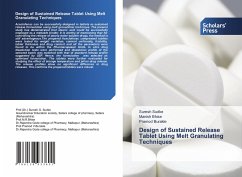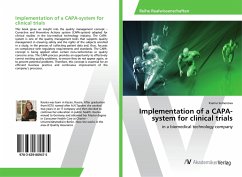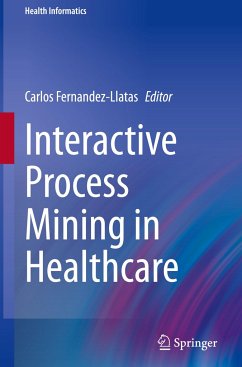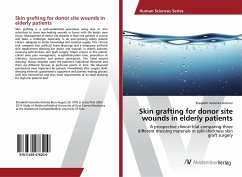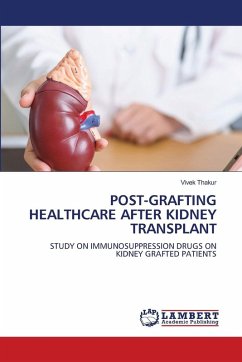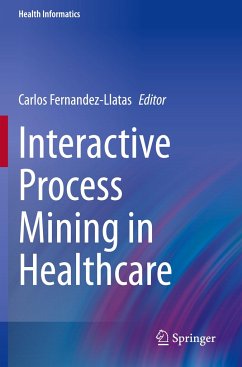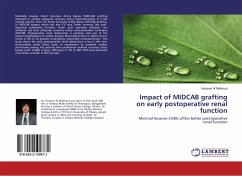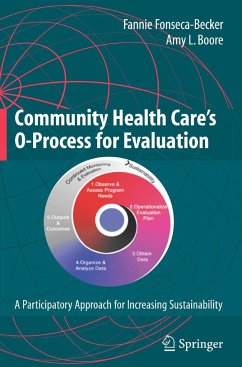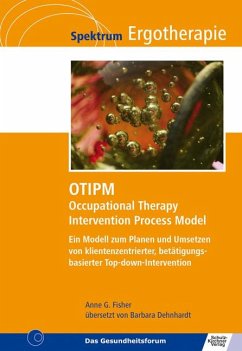
A process for melt grafting itaconic anhydride onto polyethylene
Extrusion
Versandkostenfrei!
Versandfertig in 6-10 Tagen
32,99 €
inkl. MwSt.

PAYBACK Punkte
16 °P sammeln!
Currently, extensive research in using bio-derived polymers is being done, highlighting the importance of sustainable, green polymeric materials. Some sustainable alternatives to synthetic polymers include lignin, starch, cellulose or blends of these with petroleum-based polymers.In this study, free radical grafting of itaconic anhydride (IA) onto polyethylene was investigated. IA was selected because it is capable of reacting with polyethylene and amino acid residues, such as lysine. The objective of the research was to identify and investigate the effect of reaction parameters on grafting. T...
Currently, extensive research in using bio-derived
polymers is being done, highlighting the importance
of sustainable, green polymeric materials. Some
sustainable alternatives to synthetic polymers
include lignin, starch, cellulose or blends of these
with petroleum-based polymers.
In this study, free radical grafting of itaconic
anhydride (IA) onto polyethylene was investigated.
IA was selected because it is capable of reacting
with polyethylene and amino acid residues, such as
lysine. The objective of the research was to
identify and investigate the effect of reaction
parameters on grafting. These were: residence time,
temperature, initial monomer concentration as well
as peroxide concentration and type. Grafting was
characterized in terms of the degree of grafting
(DOG), percentage reacted and the extent of side
reactions.
polymers is being done, highlighting the importance
of sustainable, green polymeric materials. Some
sustainable alternatives to synthetic polymers
include lignin, starch, cellulose or blends of these
with petroleum-based polymers.
In this study, free radical grafting of itaconic
anhydride (IA) onto polyethylene was investigated.
IA was selected because it is capable of reacting
with polyethylene and amino acid residues, such as
lysine. The objective of the research was to
identify and investigate the effect of reaction
parameters on grafting. These were: residence time,
temperature, initial monomer concentration as well
as peroxide concentration and type. Grafting was
characterized in terms of the degree of grafting
(DOG), percentage reacted and the extent of side
reactions.



